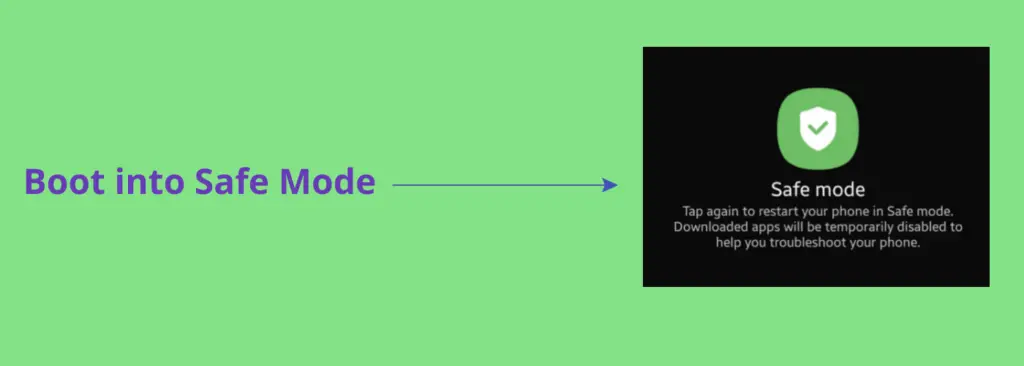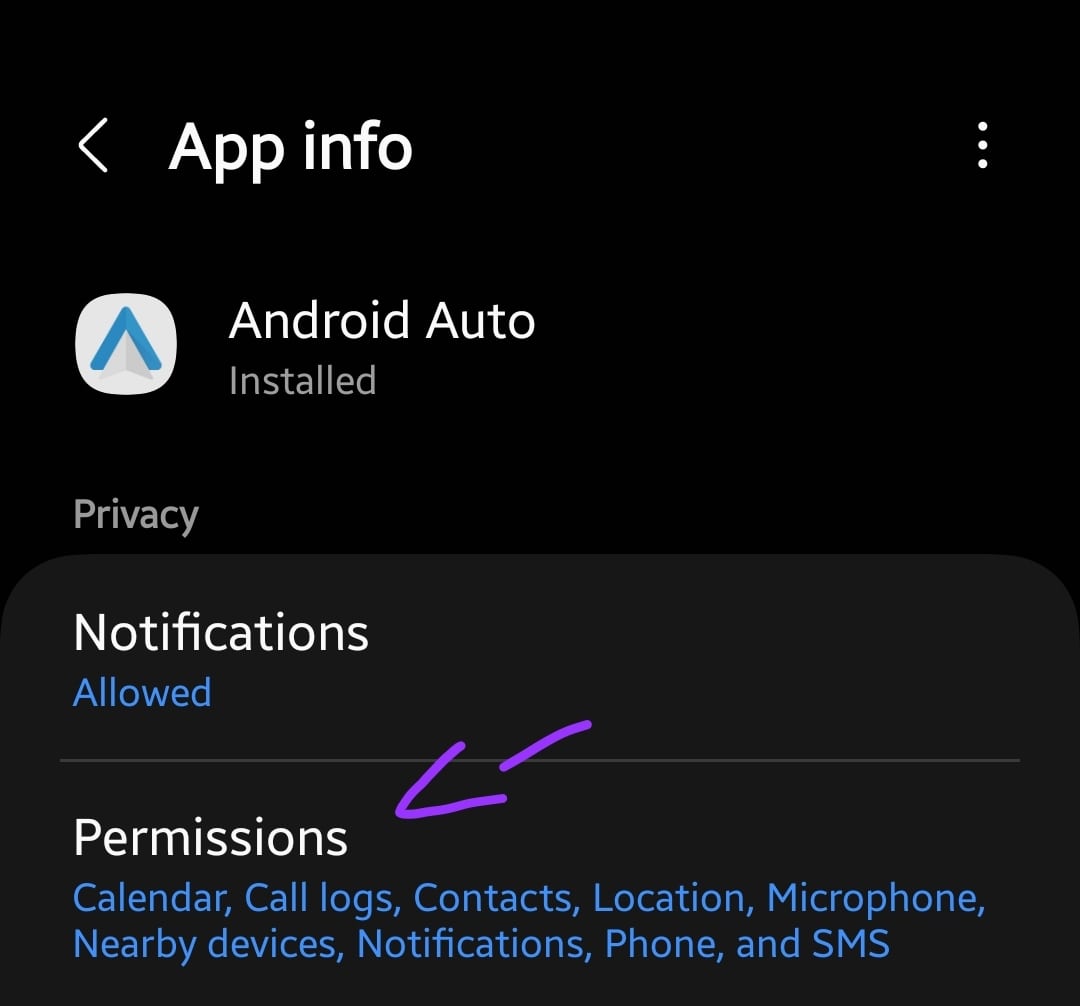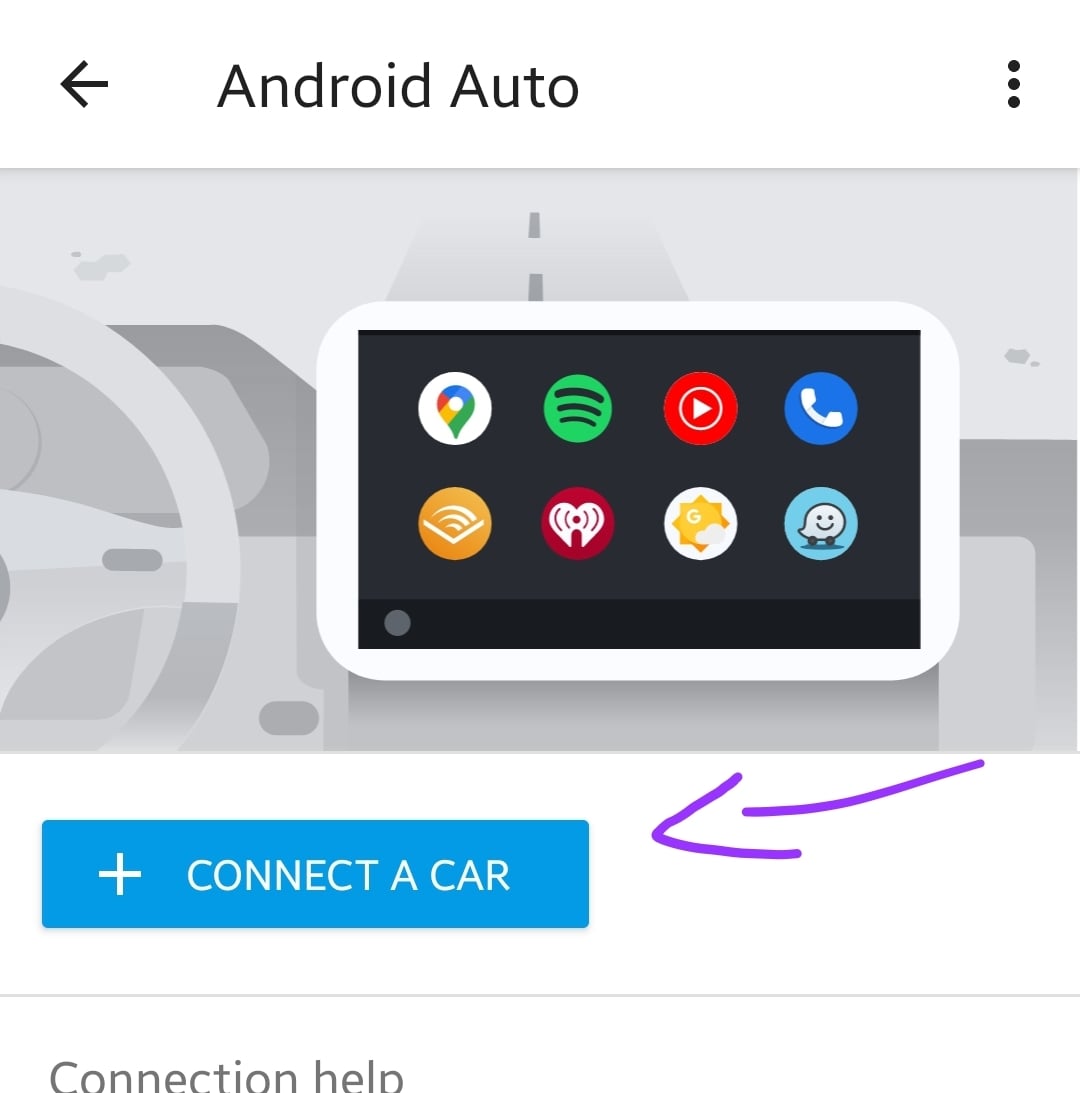
Many users have reported that they are facing issues with Android Auto after upgrading their OnePlus 10 Pro to Android 13. The recent software version might contain some bugs or there might be some misconfiguration in the settings.
There is also a possibility of hardware issues such as the cable you are using might not be compatible or of low quality.
After using the OnePlus Switch feature to transfer settings, apps, and other features from an older phone, many users have suffered from Android auto issues.
Quick Fixes
You should restart your smartphone and car infotainment system.
If you are using the cable to connect your OnePlus 10 Pro to your car, then first of all enable the USB debugging options. Go to Settings->About Phone->Tap Build Number several times until the developer options is enabled. In the developer options, enable the “USB Debugging” options and then choose MTP (Media transfer protocol under “Select USB Configuration”.
If you are connecting to a car wirelessly using Android Auto, then consider setting up the connection with the cable in the first place and then try connecting wirelessly to your car.
Try to update the Android Auto App. Open the Play Store->Tap the profile icon at the top right and then tap “Manage app & device”. Now, tap the “Update available” option. If there is any update available, you will see Android Auto in the list. Simply, tap the “Update” button next to it.
If the above quick fixes do not work in your case, then don’t be depressed, there are numerous other proven fixes covered in detail ahead that would help you resolve this issue.
Verify the compatibility
First of all, you need to check whether your car supports the Android auto feature or not.

If your car is compatible with Android Auto and still you are unable to connect your OnePlus 10 Pro, then head over to the next fix to eliminate the issue.
Check the cable
If you are connecting your smartphone to a car with a USB cable, then you need to check the cable for any kind of damage. There is a possibility your cable might be faulty and hence causing the issues.

- It might be of poor quality.
- It might be damaged due to bending and twisting.
Try to use the official USB cable that comes with your OnePlus 10 Pro in the box.
Boot into Safe Mode
There might be a high chance of getting into an issue due to the interference of some of the third-party apps. To find out this, you need to boot your phone into safe mode.
Safe mode prevents the third-party apps from running and only just allows the built-in apps to be served in that particular mode.

How To Boot OnePlus 10 Pro Into Safe Mode?
- Switch Off your smartphone.
- Next, press and hold the “Power” button until you see the OnePlus logo on the screen.
- Now, release the “Power” button, and press & hold the “Volume Down” button.
- After that, your phone will boot into “Safe mode” successfully.
- Finally, you will be able to see the “Safe mode” label at the bottom left corner of the screen.
If Android Auto is working in safe mode, then there could be a problem with the third-party apps recently installed on your smartphone.
Uninstall all the third-party apps that are recently installed then reboot your phone. Once, your phone boots up successfully, then check whether Android Auto is working or not.
Allow All Permissions To Android Auto
There is a high chance you might have missed or accidentally denied giving all permissions to access your phone while setting Android Auto app. As a result, this might cause severe interruptions and hence the Android Auto app might not work.
Here is how you can allow all permissions to Android Auto,

- Head over to “Settings->Apps & Notifications”.
- Next, tap “See all apps”.
- After that, locate and tap the “Android Auto” app.
- Finally, tap “Permissions” and allow all the permissions.
Clear the Android Auto Cache
A lot of times, many problems occur due to the cluttered data stored in the cache memory. This data appears to be the real culprit behind many issues. Hence, try to clear the cache of the particular app you are facing issues with.

- Head over to “Settings”.
- Next, tap “Apps & Notifications” and then tap “See All Apps”.
- Further, locate the “Android Auto” app from the list and then tap on it.
- Now, tap “Storage & Cache”.
- Finally, tap “Clear Cache”.
Reset Apps Preferences
This method will remove the changes made in the app’s settings by you and will restore back to default settings. Sometimes, the changes made in the app’s settings might conflict and cause issues.
Hence, you should try resetting the app’s preferences on your OnePlus 10 Pro.

- Head over to “Settings”.
- Next, tap “Apps & Notifications” and then tap “See All Apps”.
- Further, tap the “three-dots” icon at the top-right corner.
- Now, select the “Reset app preferences” option.
- Finally, tap the “Reset Apps” button.
Clear System Cache
Another fix that can lead you to eliminate this particular issue is booting into the recovery mode of your smartphone. By doing so, you will be then able to wipe the cache partition.
This method removes all the temporary files that might be causing issues on your device.

- Switch OFF your smartphone.
- To enter into recovery mode, press and hold the Power and Volume UP or Power and Volume Down buttons until you boot into recovery mode successfully.
- Once in recovery mode, use the volume buttons to switch between different options and the power button to select the desired option.
- In recovery mode options, select the “Wipe Cache Partition” option.
- When you are done with it, reboot your phone by selecting the “Reboot the System Now” option.
That’s it, you are done with clearing the system cache. Once your smartphone boots up successfully, then check whether Android Auto is working or still the problem persists.
Update the phone software
Minor bugs in the software of the phone might also cause issues. If your phone is running on outdated versions of the software, then there is a chance of being suffered from various issues.
Hence, try to check for the recent available version of the software or any security patch update frequently.

- Head over to “Settings”.
- Next, tap “Systems”.
- Scroll down to the bottom and tap “System Updates”.
Configure the Android Auto Settings
You need to check the settings of the Android Auto app and configure them correctly. If you found multiple cars in the paired devices history that were connected previously, then you should clear the list of previously connected cars by removing them. Now make a connection with a car and check whether it is working or not.
Here’s how you can set up Android Auto on your smartphone,

- Launch the “Android Auto” app on your smartphone.
- Now, connect your smartphone to a car with the help of a USB cable.
- Next, tap the “Connect a car” button and follow the on-screen instructions on your smartphone.
- Meanwhile, you will also get a prompt on your vehicle display.
- Simply, confirm by pressing the “ON” option.
- Now, you will be able to access your smartphone interface right from the vehicle display.


In case you are unable to connect your device to a car, then tap on the “Previously connected cars” option. Here you will be able to see two options, “Accepted cars” and “Rejected cars”.
If you find the car you want to connect in the “Rejected cars” list, then simply remove it from here and then try to connect it again. Also, enable the option “Add new cars to Android Auto”.
Factory Reset
Factory reset restores all your phone settings to factory default and hence you will have to set up your phone from scratch again.
When none of the other fixes work in your case, then factory resetting your smartphone is the only option you have.

- Head over to the “Settings”.
- Next, tap “Backup & Reset” and then “Factory Data Reset”.
- Finally, select “Reset Phone” and then “Erase everything”.
Wait for the process to complete, once it is finished, the phone will boot up and will be directed to the Welcome screen. Now, set up your phone accordingly by following the on-screen.
Related: How To Fix OnePlus 10 Pro Horizon Light Not Working?
Conclusion
Is Android Auto not working on your OnePlus 10 Pro? Have you updated your phone to Android 13 or have you used the OnePlus switch feature for transferring settings, apps, and features from an older phone?
In any of these cases, you should first reboot your phone. After that, clear the cache of the Android Auto app. Moreover, download and install any recent software update on your phone.
Make sure, the “USB debugging” option is enabled in the developer options of your phone. At last, uninstall and re-install the Android Auto app. In case, none of the fixes work for you, then don’t hesitate to perform a factory data reset operation.
